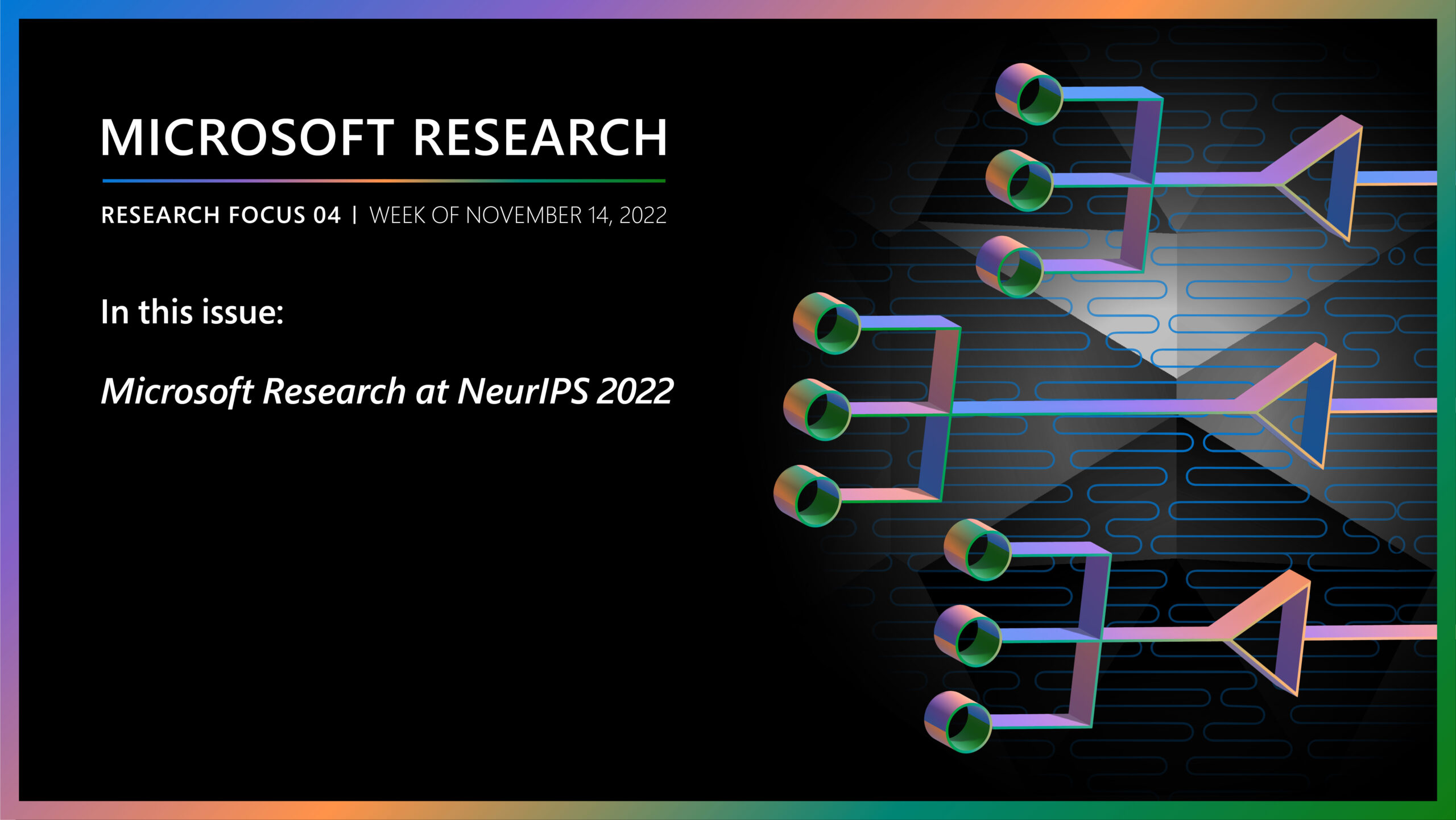The forests that surround Campos do Jordao are among the foggiest places on Earth. With a canopy shrouded in mist much of time, these are the renowned cloud forests of the Brazilian state of São Paulo. It is here that researchers from the São Paulo Research Foundation (opens in new tab)—better known by its Portuguese acronym, FAPESP—have partnered with Rafael Olivier, professor of ecology at the University of Campinas (opens in new tab), in an ambitious effort to understand the climate and ecology of these spectacular woodlands. Their aptly named Cloud Forest Project has both conservation and practical goals, as it seeks to understand how to protect one of Brazil’s largest forested areas while learning to manage access to water and other natural resources more effectively.
The researchers want to unravel the impact of micro-climate variation in the cloud forest ecosystem. Essentially, they want to understand how the forest works—how carbon dioxide, water, nitrogen, and other nutrients cycle through plants, animals, and microorganisms in this complex ecosystem. To do so, they’ve placed some 700 sensors in 15 forest plots, locating the devices at levels throughout the forest, from beneath the soil to the top of the canopy.
Microsoft research podcast
The integration of such a vast number of sensor data streams poses difficult challenges. Before the researchers can analyze the data, they have to determine the reliability of the devices, so that they can eliminate data from malfunctioning ones. They also need to translate scientific questions into analysis of the time-series data streams—a process much more sophisticated than the traditional “open all the data in Excel spreadsheets” approach.
Consequently, the project scientists have collaborated with Microsoft Research to manage the data with help from the Microsoft Azure for Research (opens in new tab) project. Think of it as cloud to cloud: cloud forest data being managed and analyzed through the power of cloud computing. Essentially, it’s a parallel process with some researchers developing the sensors, power supplies, and data flow in the cloud forest; others working with computers to set up receptacles for those massive incoming data flows; and everyone striving to reach a level of confidence that new insights can be discovered and explored through the data.
Reliance on cyber infrastructure built on the Microsoft Azure (opens in new tab) cloud platform frees the researchers from purchasing and maintaining physical computers, saving time and money and eliminating the aggravation of learning how to be a computer system administrator. Moreover, the cloud-based system gives researchers the power to combine interrelated data to create “virtual sensors” that quantify things that cannot be measured readily by one type of sensor. For example, measuring fog is difficult and expensive with just one sensor, but the presence of fog can be inferred by combining data from temperature, sunlight, and humidity sensors.
Similar cloud-computing advantages are available in almost any research project that involves the collection, management, and analysis of big data. If that describes your research, you’ll want to check out the Microsoft Azure for Research (opens in new tab) project, especially its award program, which offers substantial grants of Microsoft Azure compute resources to qualified projects. Your research might not involve a cloud forest, but if it entails a forest of data, the Microsoft Azure cloud could be your ticket to a more productive and less costly project.
—Rob Fatland, Senior Research Program Manager, Microsoft Research
Learn more
- Case study: Understanding Cloud Forests Through the Power of Cloud Computing (opens in new tab) (PDF, 9.56 MB)
- Understanding cloud forests through the power of cloud computing (opens in new tab) (video)
- Microsoft Azure for Research Award program (opens in new tab)
- Microsoft Azure for Research (opens in new tab)
- Microsoft Azure (opens in new tab)






